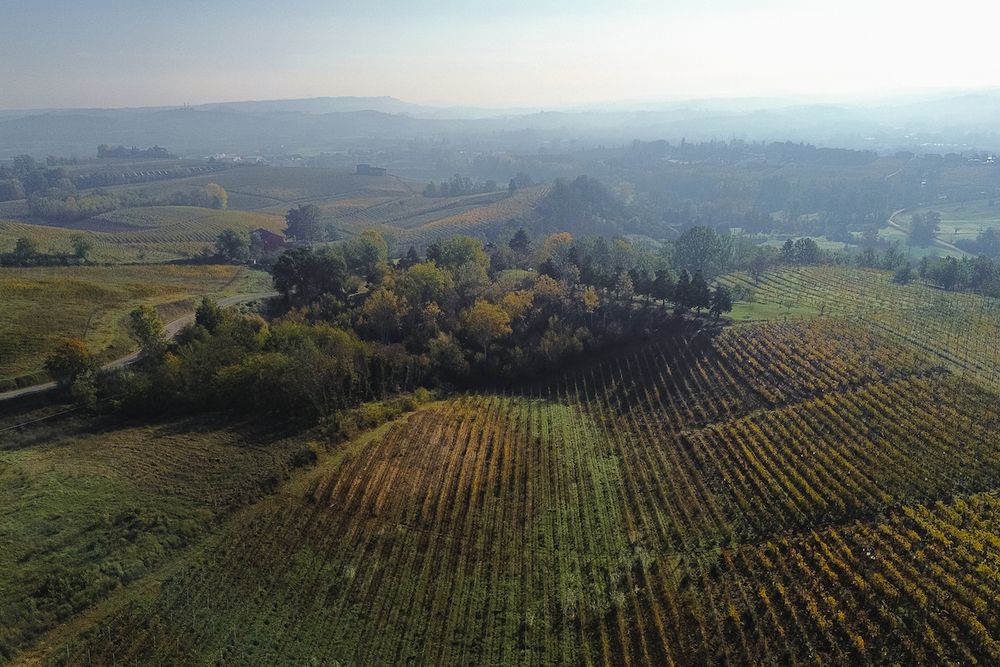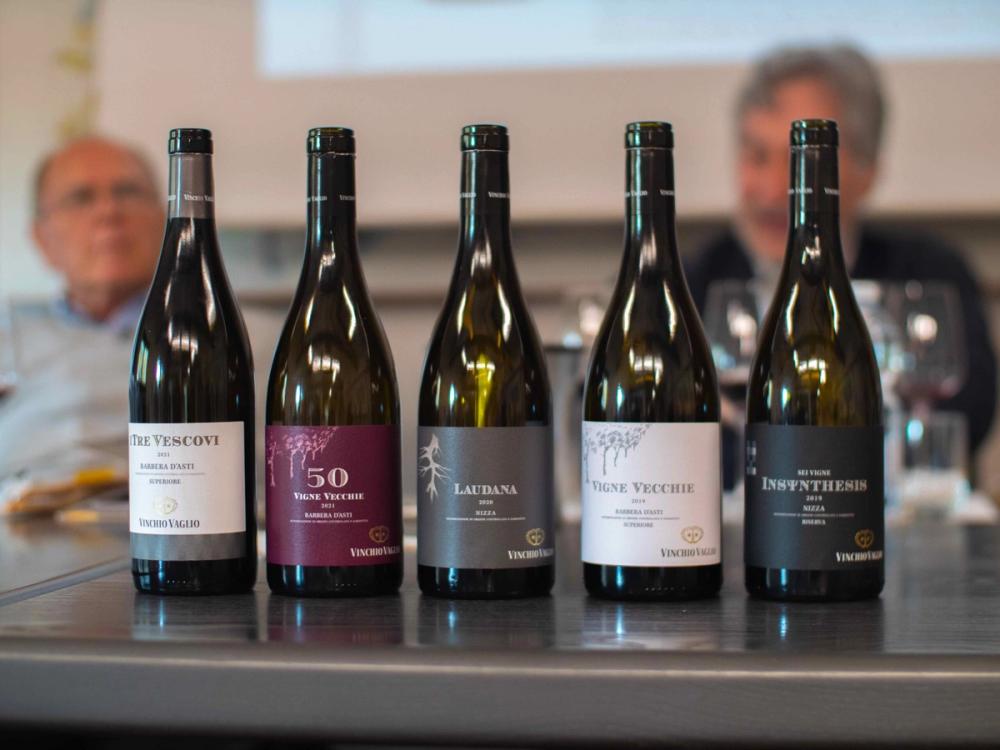“The Vinchio Vaglio old vines project has been running for close to 40 years, with its first “Vigne Vecchie” bottling, made from 50-80 year old vines,” writes Dougherty.

Vinchio Vaglio old vines in Nizza, Piemonte
Early on in many of our wine discovery journeys, we are told how “old vines make better wines.” It’s a widely held belief and seems to make perfect sense: vines, as they age, tend to produce lower yields, but the grapes it does produce make wines of greater depth and concentration than those from younger vines.
The Old Vine Conference came into being partly to build on our basic understanding and to broaden our appreciation and protection of old vines around the world. Since its inception in March 2021, initially as an online phenomenon, non-profit The Old Vine Conference has continued its initiatives to help publicise and valorise the notion of older vines, including a rolling programme of events. It has now staged five conferences, involving 2,500 delegates and 22 speakers. It also has a network of nine volunteer regional ambassadors, responsible for signing up new member wineries.
Old Vine Conference has had most success in Italy, where it now has 16 participating wineries, each of whom pays an annual subscription to be a member based upon the size of the operation. The latest “field trip” focused on old vine Barbera in the province of Nizza, Piedmont.
Old vines in themselves are deemed to bring certain qualities to wines. However, of equal and perhaps even greater importance, are all the other factors which come into play once there is a focus on maintaining and helping these older vines to flourish. Caring for and focusing on older vines entails being pulled into a current of longer-term thinking, rural life protection, sustainability and regeneration.

Lorenzo Giordano, president of Vinchio Vaglio, with Old Vine Conference delegates, November 2023
The Barbera event was hosted by co-operative producer Vinchio Vaglio, founded in 1959 and named after two neighbouring villages in the Nizza DOCG. This small appellation, centred on the town of Nizza Monferrato, is a little island of hills, entirely surrounded by the larger Monferrato DOCG. Its 200 members between them tend 500ha of vines, 350ha of which are Barbera, by far the dominant variety in the DOCG. Annual production is around 1 million bottles, of which 10% is exported. The members are, of course, individual growers, but they have all agreed on certain ways of working, such as banning the use of herbicides. Three out of every four of the 200 growers work organically.
The soils here (which I got to examine closely as I extracted the sticky mixture from the treads of my boots!) are a mix of yellow clay with lots of sand. They are a reminder that this whole area was once at the bottom of a sea.
Vinchio Vaglio’s old vines project has been running for close to 40 years, with its first “Vigne Vecchie” bottling, made from 50-80 year old vines, from the 1985 vintage, released in 1987. Interestingly, this first release had to be labelled as a table wine, as it couldn’t be accommodated within the rules of the DOCG. However, following its huge commercial success, it was accepted by the DOCG just a year later. Now around 10% of their vineyards count as old vines, which they define as a minimum of 50 years old.

Barbera is the most planted variety in Piedmont
How old is an old vine?
Which brings us to the slightly vexed question of “How old is an old vine?”. There isn’t a single accepted standard, even among members of the Old Vine Conference and, says co-founder Sarah Abbott MW, there probably won’t be. There are a number of old vine initiatives around the world and definitions of just what constitutes an old vine ranges from 30 years old for the Vigno project for Carignan in Maule, Chile; up to 70 years in Priorat, Spain.
Barbera is a popular choice for wine growers in Piedmont. In fact, it remains the most planted variety in the region, accounting for around one third of all plantings, although it is on a downward trajectory and may find itself displaced by Moscato before too long, which is slowly gaining in popularity.
In terms of prestige, however, Barbera languishes well below the more aspirational Nebbiolo, having a lingering image of “farmer’s wine”, in the words of Gianni Fabrizius, editor of the influential Gambero Rosso wine guide. He, along with Vincenzo Gerbi, Professor of Oenology at the University of Turin, discussed aspects of Barbera’s personality as a grape variety during the conference.
Barbera, left to its own devices, is a vigorous variety which will provide high yields of grapes, which then accentuates the grape’s natural acidity. That natural acidity is now becoming more valued, as climate change brings overall higher levels of maturity.
Grown in the right place, with controlled yields – which, of course, happens naturally as vines age – Barbera is an expressive and flexible variety which can produce different styles of wine. The wines tend to have a deep, intense purple hue, thanks to high levels of anthocyanin Malvidina which naturally exhibit some of the bright, fruity characters found in wines that have undergone carbonic maceration (although these wines had not).

At the conference we were able to taste different Barbera wines (all made by Vinchio Vaglio) from younger vs older vines; and aged in stainless steel and concrete vs large, older oak vessels vs ageing in some new barriques. Barbera’s vivid and expressive fruit manages to shine through in all the different vinification conditions. The Vigne Vecchie 50° Barbera d’Asti DOCG, aged in a mixture of stainless steel and concrete, for me, showed a winning combination of those old vines bringing density and concentration, alongside expressive black cherry and berry fruit and a freshening grainy texture on the finish.
More accomplished perhaps is the Sei Vigne Insynthesis Nizza DOCG Reserva which, as the name suggests, is a selection of six vineyards, all from old vines. It has spent 20 months in new French oak, which lends a sweet, spicy note of panforte and tangy orange to the black fruit.
It was fascinating to examine a single grape variety, in a small corner of a single region and from a single producer, through the lens of old vines. Compared with many wine trips, where you are intent on trying as many different wines as possible, instead this was a change of focus, a deep dive into the world of Vinchio Vaglio’s old Barbera vines.
The wines of Vinchio Vaglio are imported into the UK by Husky Wines Husky Wines and Alliance Wine.
































